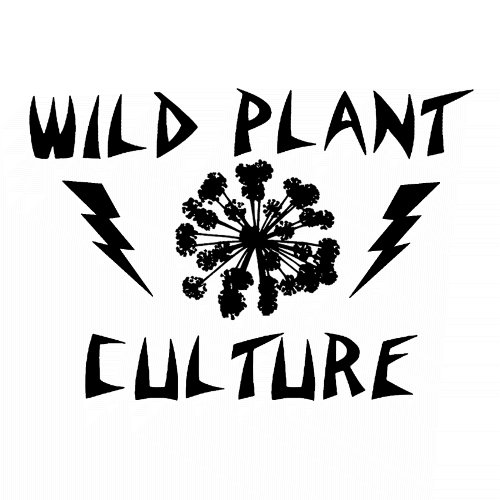Native Annuals

Venus' Looking Glass (Triodanis perfoliata)
Cracks in the sidewalk. Edges of fields. Bulldozed piles of dirt. We see annual plants everywhere-- most often Eurasian weeds. Camp followers. Plants that thrive in human disturbance.
Plants that have spent thousands of years coevolving with villages, settlements, agriculture, refuse. Plants that produce seed faster, root more perniciously, seem irrevocable from our midst.
And might not be here without us.
Shepherd's purse. Chickweed. Pineapple weed. Scarlet pimpernel. Lamb's quarters. Sow thistle. Purple dead nettle. A rich poetry of utility, loathing, and proximity in those names.
What about the prehistoric roots of our Eurasian annual weeds? Shorelines, periglacial areas, riverbeds or scoured rock. Places where disturbance is a constant, where longevity is not assured, where a quick turnaround time and prolific dispersal is a must.
What about our native annuals? They evolved with the endemic forms of disturbance of this continent. Fire, badger holes, bison and mastodon wallows. Some have crossed the divide and become camp followers themselves, joining the carnival as it travels from town to town, track to road, field to superfund site. Three-seeded mercury, ragweed.
Others have retained their fealty to specific native habitats and forms of disturbance. Appalachian sandwort at Minnewaska State Park, margins of exposed bedrock after wildfire.
Here are a few of our locally native annuals:
Venus' Looking Glass (Triodanis perfoliata)
A spiral staircase of deep blue flowers, this is one of our showiest annuals. Thrives on thin soils over rock. The "perfoliata" of the latin name comes presumably from the seedheads, which have little holes in the side that dribble seeds onto the leaf, thence to be splashed or dropped into the surrounding landscape. I recall it from Jenny Jump, the Milford Bluffs, Baldpate Mountain, and other rocky, exposed landscapes along the Delaware.

Venus' Looking Glass at Jenny Jump SP
American Pennyroyal (Hedeoma pulegioides)
Another denizen of thin soils, this with a terrific pure cooling fragrance that is recognizable even on dried stalks long winter-killed. Seems like it makes a fine tea, though I confess I've never tried it. Found in natural to semi-natural areas in the company of chestnut oak, dittany, Pennsylvania sedge. Also on the cut margins of fields on poor soils, and along powerlines, where it thrives in the absence of taller competitors. I recall it as particularly abundant on the edges of the Hollystone fields now being reforested, and from dry shales generally.

American Pennyroyal , dead stems in the snow, still fragrant
Cleavers (Galium aparine)
Whorled leaves and long lax stems with grabby recurved hairs make this one-of-many Galium species distinctive. Seems to appreciate a rich soil in partial shade. Saw a bunch at Hobler Park in Montgomery the other day, and many other moist edges besides. Sometimes found in mildly disturbed woods, sometimes in weed patches with the likes of garlic mustard, common blue violet, poison ivy and others.
Makes a tea that tastes like cornsilk. A urinary and lymphatic tonic, we once used to help our infant son clear a nasty viral infection he had gotten. It worked quickly and thoroughly with no relapse, for which we are grateful.

Cleavers (photo: Rachel Mackow)
Blood Milkwort (Polygala sanguinea)
I first met this plant in a cedar glade near the Plum Brook in Hunterdon County. It was a great spot for botanizing, with widely spaced cedars on thin moist soil over bedrock. I found Four-leaved Milkweed and Purple Milkweed there, Spike Lobelia, Rose Pink, Black Huckleberry in this uncommon community. It was overrun with Carpgrass (Arthraxon hispidus) a non-native annual grass not unlike Stiltgrass in habit.
Since then, I've found it along powerlines in the Sourlands (near Liatris spicata at one station!) and on thin shales near Beden's Brook-- and probably other spots I don't recall.

Blood Milkwort when I first met it...
